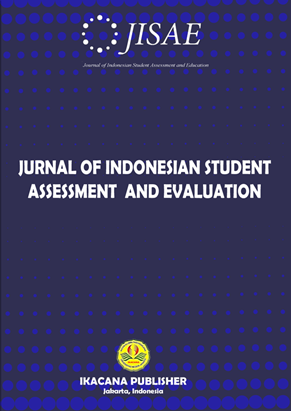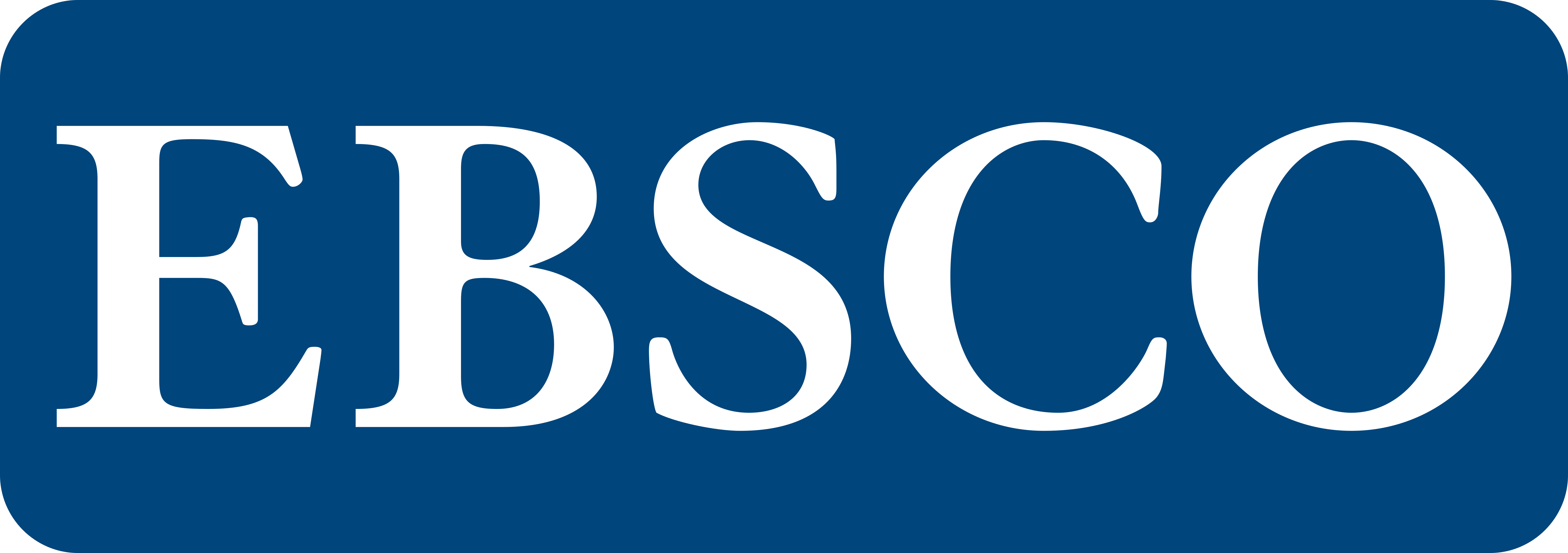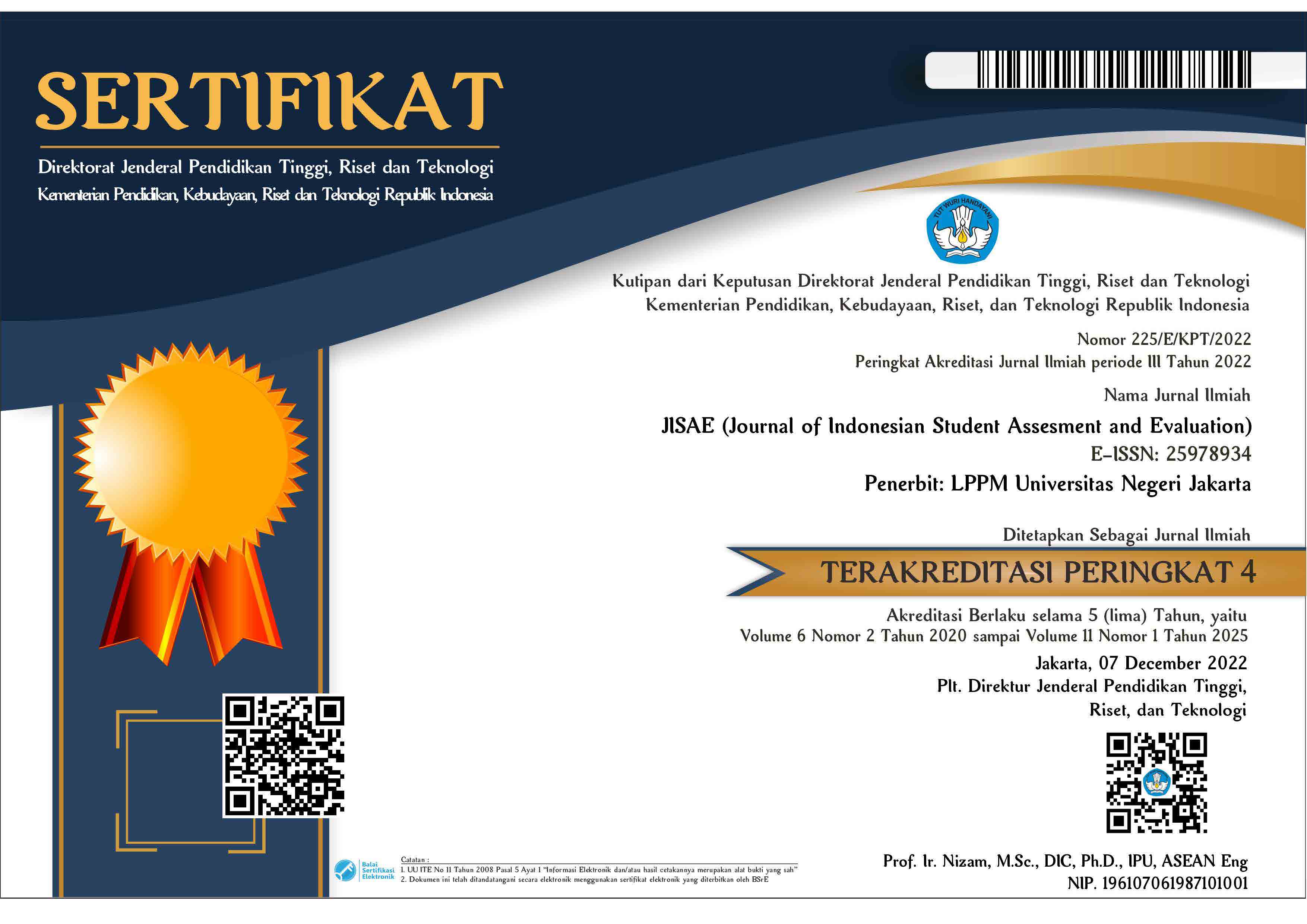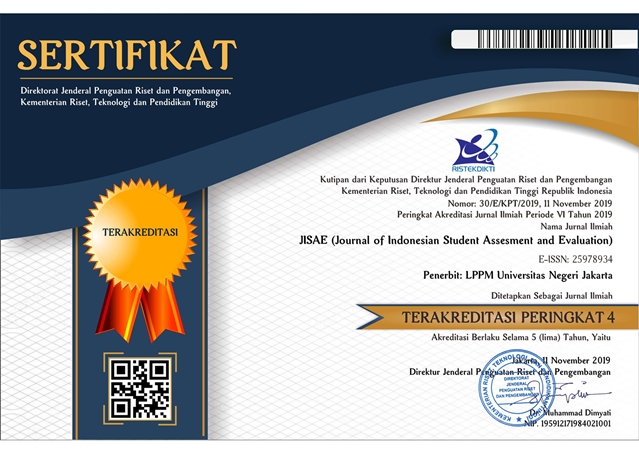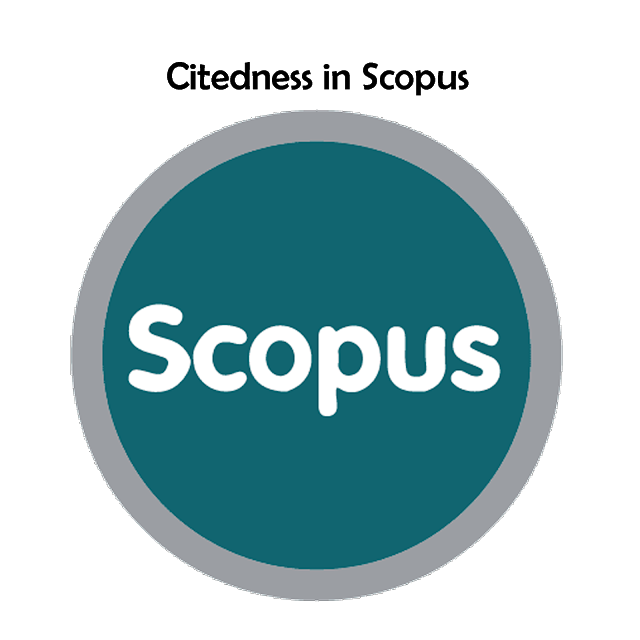EVALUATIVE STUDY: LITERACY OUTREACH PROGRAM BASED ON LOCAL WISDOM AT SDN 1 APUAN BANGLI
DOI:
https://doi.org/10.21009/jisae.v9i1.32533Keywords:
Evaluative Study; Literacy; Local wisdomAbstract
This study evaluates literacy achievement programs based on local wisdom at SD Negeri 1 Apuan. The evaluation model used is the CIPP (context, input, process, and product) with a qualitative descriptive approach. The research data source documents are education reports and local wisdom-based literacy achievement programs—data collected by interview, observation, and document study. The research respondents were the headmaster, teachers, and students. Data were analyzed by descriptive qualitative. The results of the study show that: (1) context evaluation, the scope of the school literacy movement includes the school's physical environment, social and affective environment, as well as the academic environment; (2) input evaluation, including human resources for school principals, teachers, education staff, and supporting infrastructure; (3) process evaluation, program implementation includes three activities namely habituation, development, and learning; and (4) product evaluation, including students' understanding of local wisdom, is getting better, literacy skills in educational report cards are still low, teachers' concern for improving students' literacy outcomes is increasing, and school members are actively involved in school literacy program activities.

